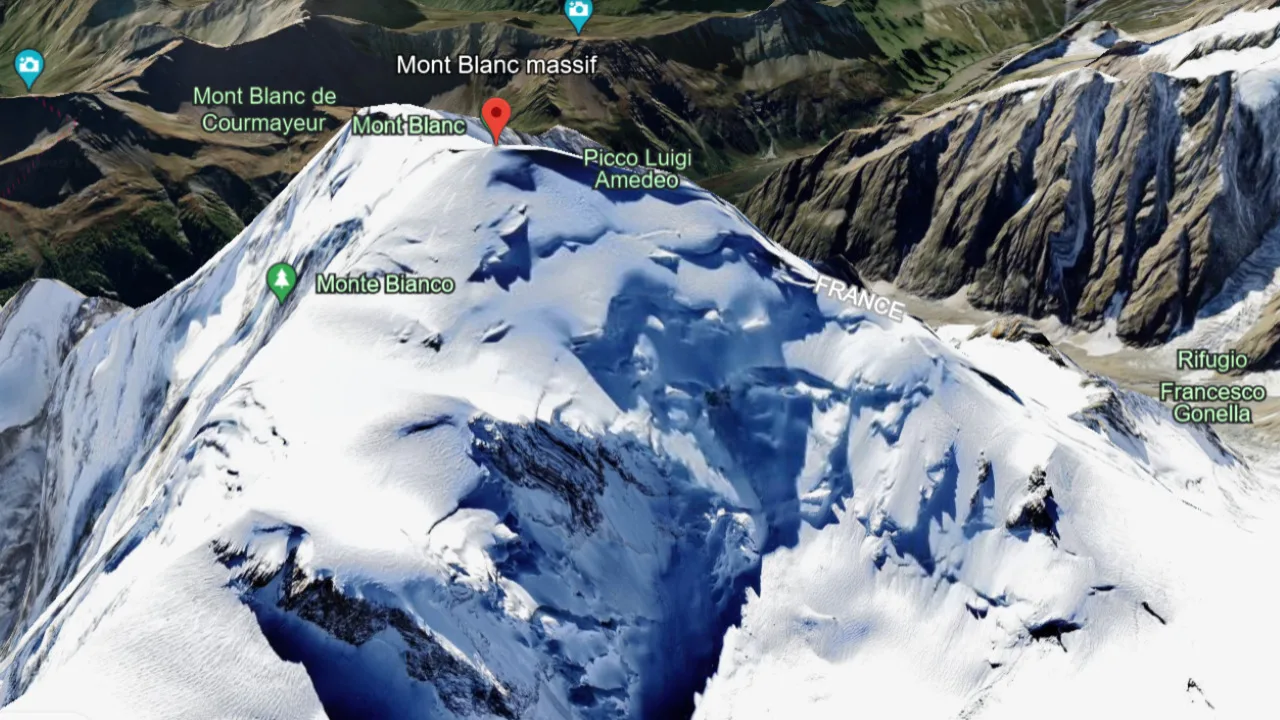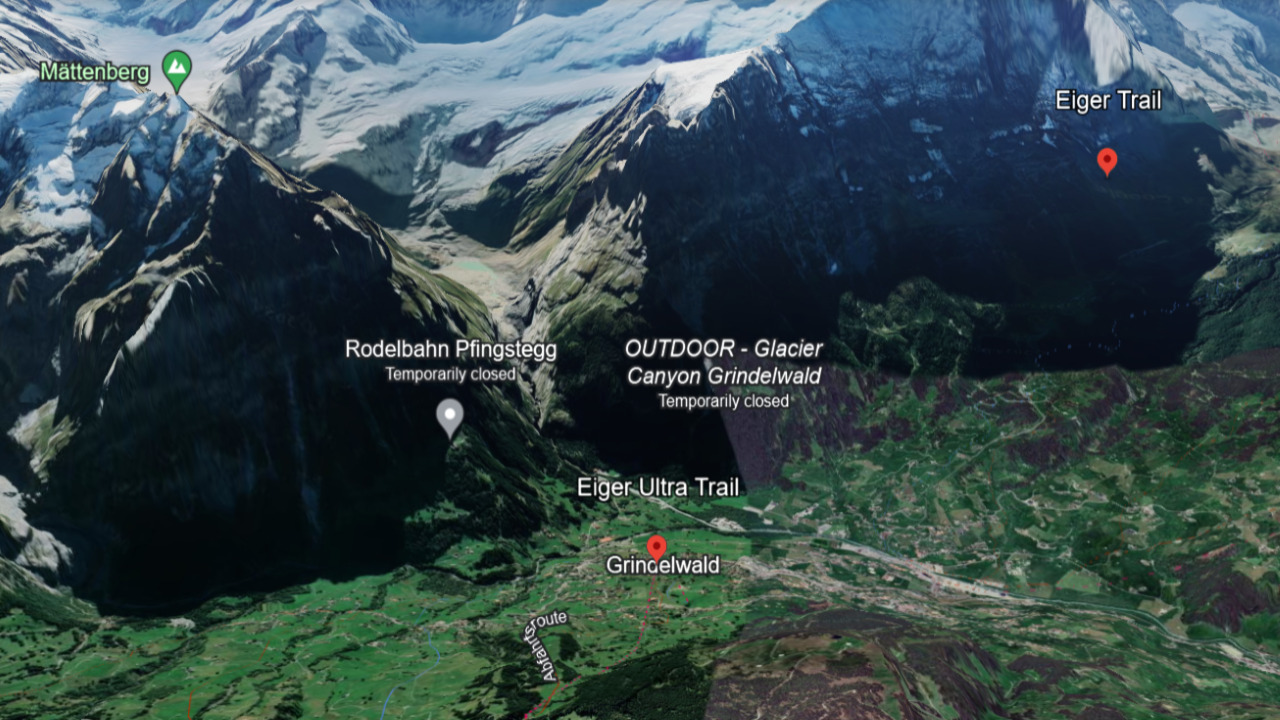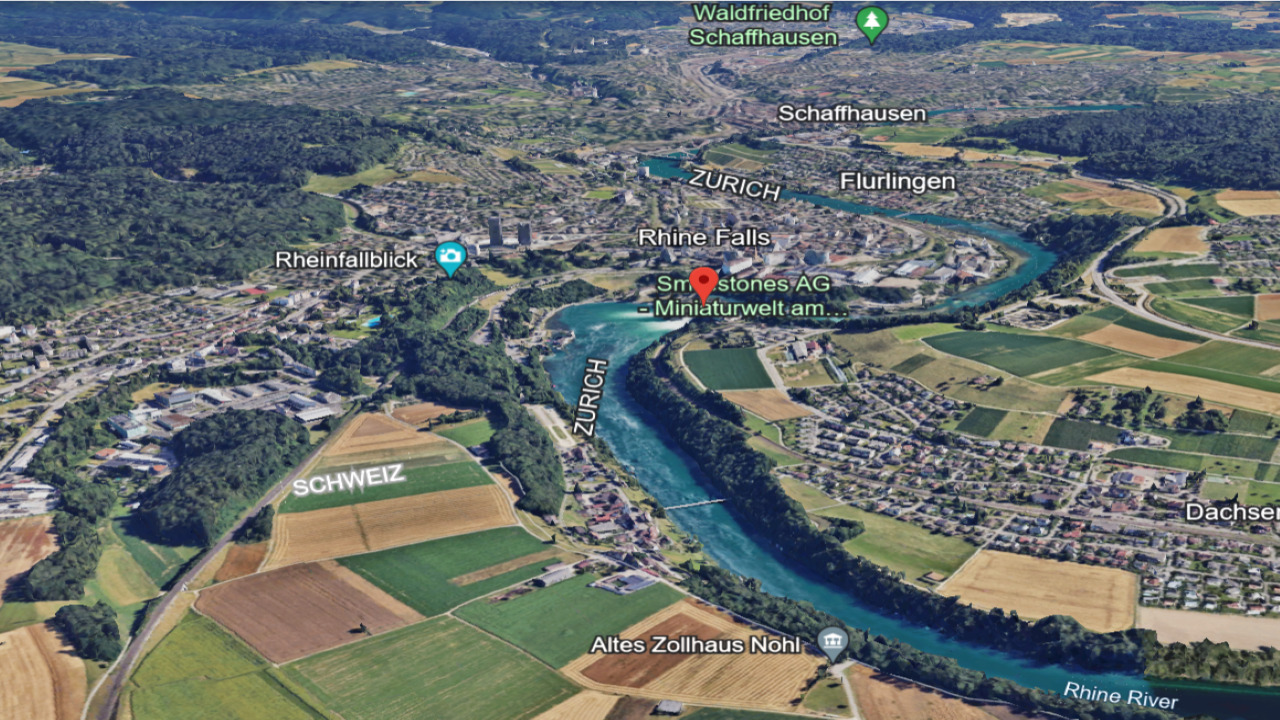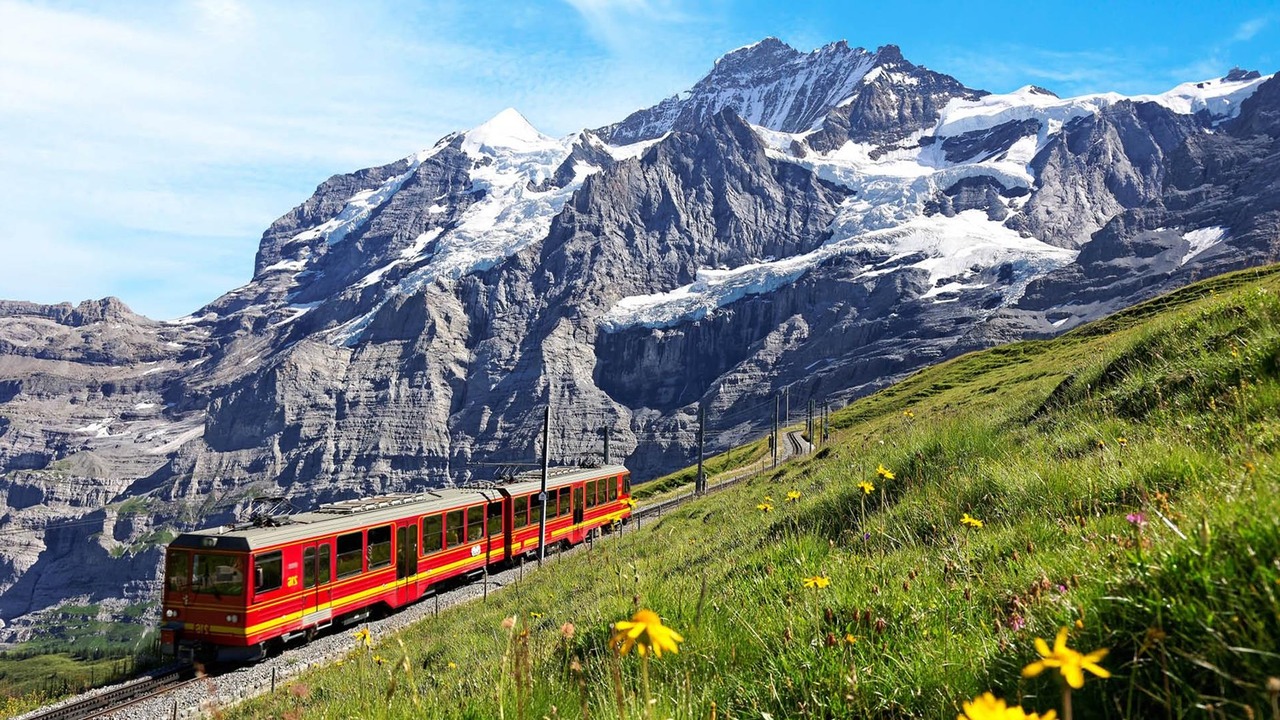The Swiss Alps, a majestic stretch of towering peaks, pristine glaciers, and lush valleys, have captured the imagination of adventurers and explorers for centuries.
With its breathtaking landscapes and challenging terrain, the Swiss Alps offer an unmatched experience for those seeking adventure and adrenaline.
If you’ve ever thought of standing atop a snow-capped peak, surrounded by the majestic Swiss Alps, come along as I uncover the majestic world of the Swiss Alps.
It’s not just about conquering summits; it’s about soaking in every moment of this epic adventure.
Whether you’re a seasoned trekker or just looking for a new thrill, there’s something for everyone. So, what do you say? Ready to join me on the journey of a lifetime?
Getting to the Swiss Alps
Getting to the Swiss Alps is a breeze, thanks to Switzerland’s efficient transportation network.
If you’re flying in from abroad, the most convenient airports to access the Swiss Alps are Zurich Airport, Geneva Airport, and Bern Airport.
From there, you can easily hop on a train or rent a car to reach your desired destination in the Alps.
Once you’ve arrived in the Alps, public transportation, including trains, buses, and cable cars, provides easy access to trailheads, mountain villages, and popular tourist attractions.
So whether you’re arriving by air, train, or car, reaching the Swiss Alps is just the first step in your epic alpine adventure.
Understanding the Swiss Alps

Spanning over 200 kilometers, the Swiss Alps boast some of the highest peaks in Europe, including the iconic Matterhorn and Jungfrau.
With elevations reaching over 4,000 meters, these mountains present a formidable challenge for even the most seasoned mountaineers.
The region is characterized by its rugged terrain, deep valleys, and pristine alpine lakes, making it a haven for outdoor enthusiasts seeking to test their limits.
Choosing Your Route
One of the first steps in planning a Swiss Alps expedition is selecting the right route for your skill level and experience.
Matterhorn Summit
Let’s start with the Matterhorn, a legendary peak standing tall at 4,478 meters above sea level.
Synonymous with the Swiss Alps, the Matterhorn offers a thrilling ascent with steep rock faces and challenging terrain.
The most popular route, known as the Hörnli Ridge, demands your full attention as you navigate towards the summit.
But fear not, the breathtaking views from the top will make every step worth it.
Mont Blanc Massif

Next up, we have the Mont Blanc Massif, home to Western Europe‘s highest peak – Mont Blanc. Standing at an impressive 4,809 meters, Mont Blanc attracts adventurers from around the world.
Your journey to the summit begins in Chamonix, France, where you’ll embark on a thrilling ascent, crossing glaciers, navigating crevasses, and conquering steep snow and ice slopes.
It’s a challenging trek, but the feeling of standing atop the “White Mountain” will stay with you forever.
Jungfrau Region
For those seeking a more accessible adventure, look no further than the Jungfrau Region. Situated in the heart of the Swiss Alps, this picturesque area is perfect for explorers of all levels.
Take a scenic journey on the Jungfrau Railway to the Jungfraujoch – the “Top of Europe” – where you’ll be treated to panoramic views of the surrounding mountains.
Lace up your hiking boots and explore the network of trails that wind through the region, offering something for everyone, from leisurely strolls to challenging hikes.
The Haute Route
Now, let’s talk about the ultimate alpine adventure – the Haute Route. Stretching over 180 kilometers from Chamonix to Zermatt, this classic trek is a dream come true for adventurers.
Over the course of several days, you’ll cross high mountain passes, traverse glaciated valleys, and spend nights in cozy mountain huts.
It’s a test of endurance and determination, but the sense of accomplishment and the breathtaking scenery make it an experience you’ll cherish forever.
Eiger Trail

Last but not least, we have the Eiger Trail – a classic hiking route that offers jaw-dropping views of the iconic Eiger North Face.
Beginning in the alpine village of Grindelwald, the trail meanders through lush meadows and dense forests, with the towering peaks of the Eiger, Mönch, and Jungfrau always in sight.
Along the way, you’ll have the opportunity to refuel with hearty Swiss cuisine and swap stories with fellow hikers at charming mountain huts.
Preparing for the Expedition
Preparation is key to a successful Swiss Alps expedition. This includes physical training to build endurance and strength, as well as acquiring the necessary gear and equipment.
Adequate clothing, including waterproof layers and insulated jackets, is essential for braving the unpredictable mountain weather.
Additionally, you should invest in quality footwear with good ankle support and traction for navigating rocky terrain and snow-covered slopes.
Navigating the Terrain
Navigation is another crucial aspect of an Alps expedition, as the rugged terrain and ever-changing weather conditions can make route-finding challenging.
A detailed map and compass are essential tools for navigating mountain trails, while GPS devices can provide additional support in remote areas.
It’s also important to familiarize yourself with the local topography and weather patterns to anticipate potential hazards and plan your route accordingly.
Safety Considerations
Safety should always be a top priority when embarking on a Swiss Alps expedition.
This includes conducting thorough research on the route and terrain, as well as assessing your own physical capabilities and limitations.
It’s also essential to check weather forecasts regularly and be prepared to adjust your plans accordingly in the event of inclement weather.
Additionally, you should carry essential safety equipment, including a first-aid kit, emergency shelter, and communication devices such as a satellite phone or emergency beacon.

Swiss Alps Landmarks and Tourist Attractions
| Landmark/Tourist Attraction | Location | Description |
|---|---|---|
| Matterhorn | Zermatt | Iconic peak with a distinctive pyramid shape, offering breathtaking views and challenging climbing routes. |
| Jungfraujoch | Jungfrau Region | Known as the “Top of Europe,” this high-altitude railway station offers panoramic views of surrounding peaks and glaciers. |
| Aletsch Glacier | Valais | The largest glacier in the Alps, recognized as a UNESCO World Heritage Site, offering opportunities for hiking and glacier exploration. |
| Rhine Falls | Schaffhausen | Europe’s largest waterfall, located near the town of Schaffhausen, offering boat trips, viewing platforms, and picturesque walking trails. |
| Gornergrat Railway | Zermatt | A scenic cogwheel train ride that takes visitors to the Gornergrat summit, offering panoramic views of the Matterhorn and surrounding peaks. |
| Grindelwald | Bernese Oberland | A charming alpine village known for its stunning scenery and access to hiking trails, including the famous Eiger Trail. |
| Interlaken | Bernese Oberland | A picturesque town situated between Lake Thun and Lake Brienz, offering a wide range of outdoor activities such as hiking, paragliding, and boat cruises. |
The table above gives us an overview of the diverse range of attractions the Swiss Alps offer, from majestic peaks and glaciers to picturesque villages.
Frequently Asked Questions (FAQs)
What are the main activities to do in the Swiss Alps?
The Swiss Alps offer a wide range of activities, including hiking, skiing, snowboarding, mountaineering, paragliding, and sightseeing.
You can also explore charming alpine villages, enjoy scenic train rides, and indulge in delicious Swiss cuisine.
Are there guided tours available in the Swiss Alps?
Yes, there are many guided tours and excursions available in the Swiss Alps, ranging from guided hikes and mountain climbing expeditions to scenic train rides and cultural tours.
What are some popular hiking trails in the Swiss Alps?
Some popular hiking trails in the Swiss Alps include the Eiger Trail, the Haute Route, the Tour du Mont Blanc, and the Via Alpina.
Conclusion
- Going on a Swiss Alps expedition is not just about conquering towering peaks or traversing rugged terrain; it’s about immersing yourself in the raw beauty of nature, pushing your limits, and creating unforgettable memories.
- Drawn by the allure of mountaineering, the serenity of hiking through alpine meadows, or the thrill of skiing down pristine slopes, the Swiss Alps offer something for every adventurer.
- Whether you’re standing atop the iconic Matterhorn, riding the rails to the “Top of Europe” at Jungfraujoch, or simply soaking in the breathtaking scenery, the Swiss Alps will leave an indelible mark on your soul.
- So, as you lace up your boots and prepare to explore this stunning mountain range, remember to tread lightly, respect the environment and local communities, and embrace the spirit of adventure.

